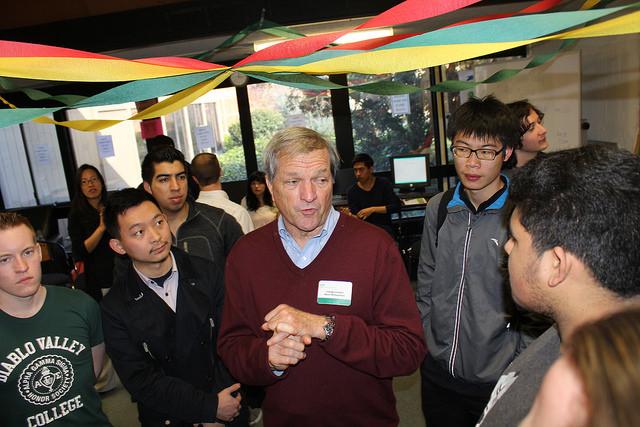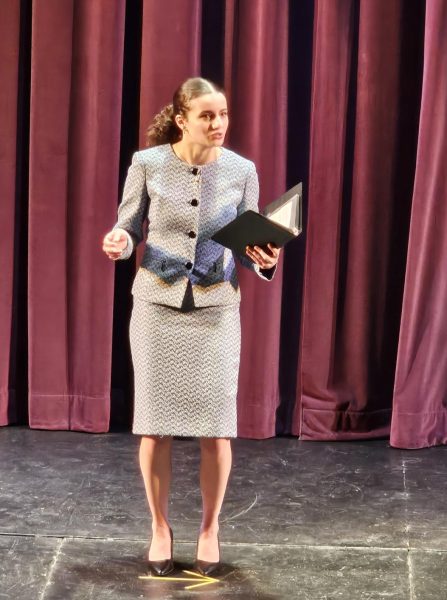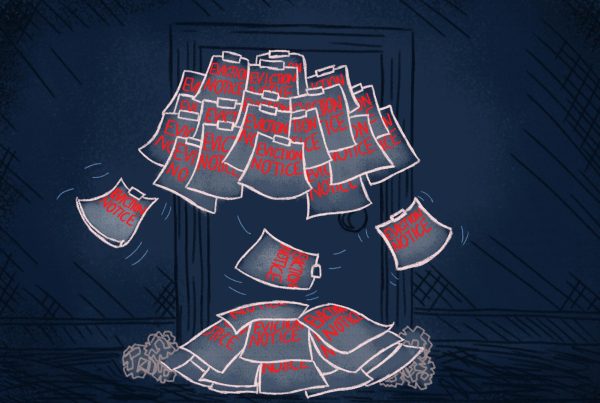Free tuition for community college students
Congressman Mark DeSaulnier tours the new Puente, Umoja and MESA multi-purpose space as part of his Educational Listening Tour at Diablo Valley College on Feb. 19, 2015.
September 24, 2015
In response to the crushing student debt plaguing American college students, President Obama introduced his proposal for free tuition at community colleges in his State of the Union address on January 20, 2015. If the proposal becomes law and is adopted by all fifty states, supporters of the bill estimate that it would save full time community colleges students approximately $3,800 a year and would benefit as many as 9 million students each year.
In order to qualify for the proposed program, students must carry at least half of the units required of a full time student, maintain a minimum GPA of 2.5 and demonstrate real progress toward completion of their program. The federal government would fund 75 percent of the cost of the program which is estimated by the Obama administration to be $6 billion a year. Participating states would be required to fund 25 percent of the costs.
On July 8, 2015 the American College Promises Act of 2015, encompassing the President’s proposal, was introduced in both the U.S. House and Senate. Although the legislation has significant Democratic support, most pundits agree that it is unlikely to pass the Republican controlled House and Senate. Opponents of the legislation argue that the federal government cannot afford the program, it is significantly more expensive than figures provided by the Administration. There are already adequate federal programs to help the lowest income college students, without an income level restriction in the bill the government would be subsidizing students who can afford to pay their tuition and the bill does not address the real problem of alarming drop out rates at community colleges. Congressman Mark DeSaulnier (D) 11 Congressional District is a co-sponsor of the bill.
He responds to these criticisms by explaining that, “the long term answer to inequality is higher education.” DeSaulnier credits the President and this legislation for spotlighting the critical issue of the high cost of college and argues that our economy requires this investment, “One of the best investments, according to researchers, is higher education. We must spend money to make money in a knowledge- based economy.”
DVC political science professor Scott MacDougall suggested that there is cause for optimism for the legislation, “I think that there are a lot of people who generally support education; education makes people hopeful.” He also suggested that other proposals, such as raising the minimum wage, might be even more effective to help the many community college students who must work while they attend school.
DVC’s Dean of Student Support Services Emily Stone wholeheartedly supports Obama’s proposal but explained in an email, “In California, the cost of attendance and fees for in-state residents is $46 per unit which is relatively low compared to other states. Therefore, the impact of Obama’s legislation will not be as great as in other states with higher tuition costs and no fee waiver programs.” Stone added that, “we have yet to fully understand the impact it could have on community college students in California.”

















































































